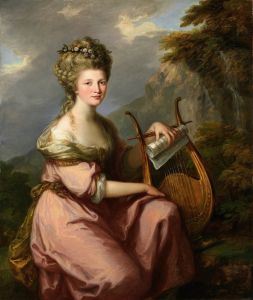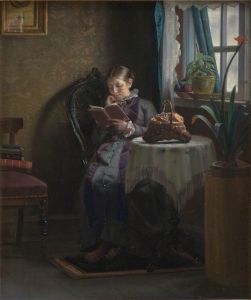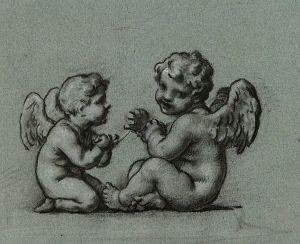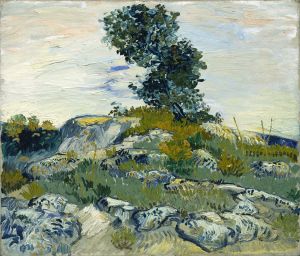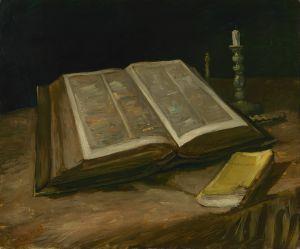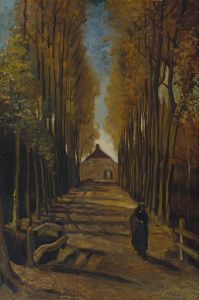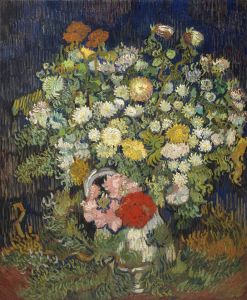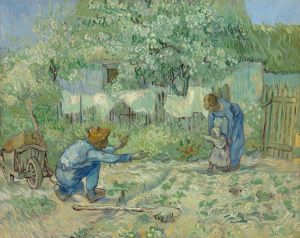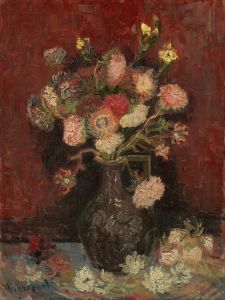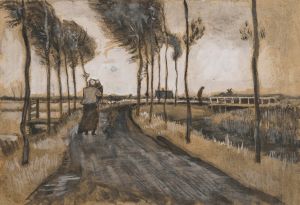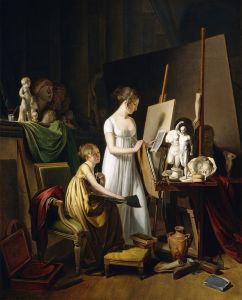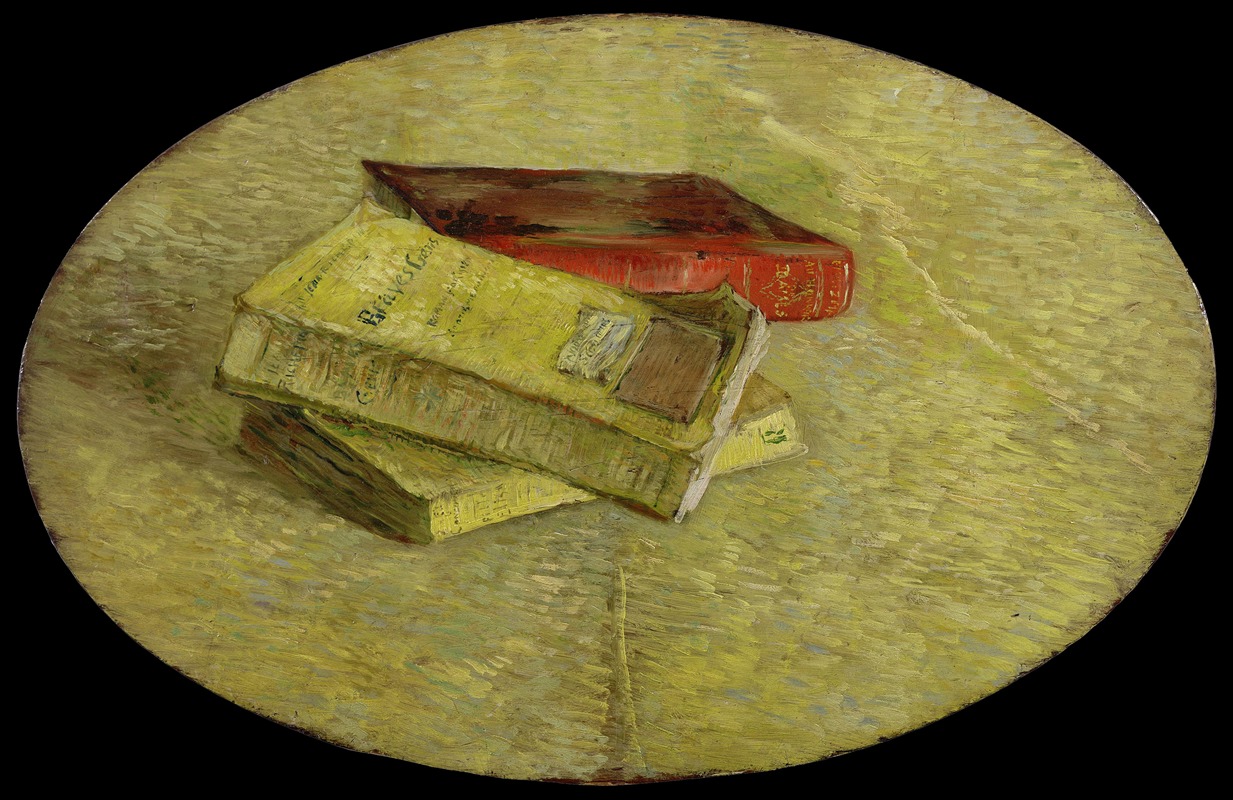
Three books
A hand-painted replica of Vincent van Gogh’s masterpiece Three books, meticulously crafted by professional artists to capture the true essence of the original. Each piece is created with museum-quality canvas and rare mineral pigments, carefully painted by experienced artists with delicate brushstrokes and rich, layered colors to perfectly recreate the texture of the original artwork. Unlike machine-printed reproductions, this hand-painted version brings the painting to life, infused with the artist’s emotions and skill in every stroke. Whether for personal collection or home decoration, it instantly elevates the artistic atmosphere of any space.
"Three Books" is a still life painting by the renowned Dutch artist Vincent van Gogh. Created in 1887, during a period when van Gogh was living in Paris, this work is an example of his exploration of color and form, which was heavily influenced by the Impressionist and Post-Impressionist movements prevalent in the city at the time.
The painting depicts three books stacked on top of each other, rendered in a vibrant palette that showcases van Gogh's evolving style. The choice of books as a subject reflects van Gogh's deep appreciation for literature and his belief in the intellectual and emotional nourishment that books provide. This theme is recurrent in van Gogh's work, as he often included books in his still life compositions, symbolizing knowledge, introspection, and the passage of time.
In "Three Books," van Gogh employs bold brushstrokes and a dynamic use of color, which are characteristic of his later works. The painting's background is composed of rich, contrasting hues that highlight the books' forms and create a sense of depth and texture. This approach demonstrates van Gogh's departure from the more subdued tones of his earlier Dutch period, embracing the brighter, more expressive colors that would define his mature style.
During his time in Paris, van Gogh was exposed to the works of other artists such as Claude Monet, Camille Pissarro, and Georges Seurat. This exposure significantly impacted his artistic development, leading him to experiment with new techniques and color theories. The influence of these artists is evident in "Three Books," where van Gogh's use of color and light reflects the Impressionist emphasis on capturing the effects of light and atmosphere.
"Three Books" is not as widely known as some of van Gogh's other works, such as "Starry Night" or "Sunflowers," but it remains an important piece within his oeuvre. It provides insight into his artistic transition and the experimentation that characterized his Parisian period. The painting is a testament to van Gogh's ability to infuse everyday objects with emotional and symbolic significance, a hallmark of his artistic vision.
Today, "Three Books" is part of a private collection, and as such, it is not as accessible to the public as some of van Gogh's other works housed in major museums. However, it continues to be studied and appreciated by art historians and enthusiasts who recognize its significance in understanding van Gogh's artistic journey.
In summary, "Three Books" exemplifies Vincent van Gogh's exploration of color and form during his time in Paris. Through this still life, van Gogh conveys his appreciation for literature and his evolving artistic style, influenced by the Impressionist movement. The painting remains a valuable piece for understanding the development of one of history's most celebrated artists.





